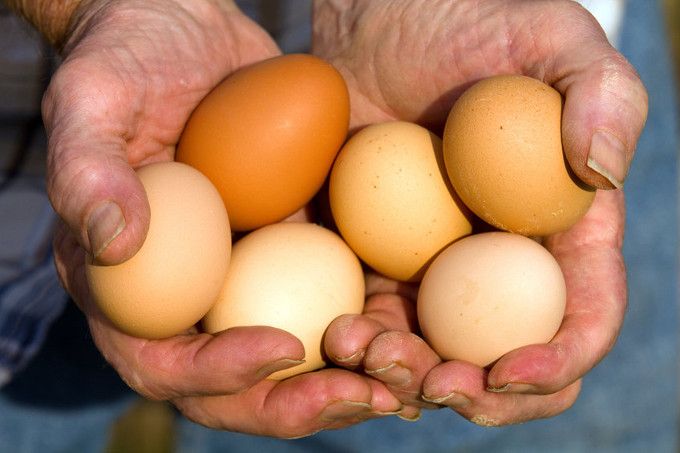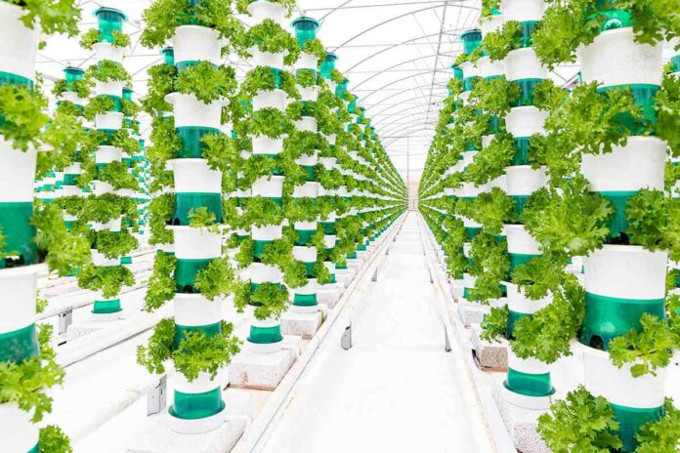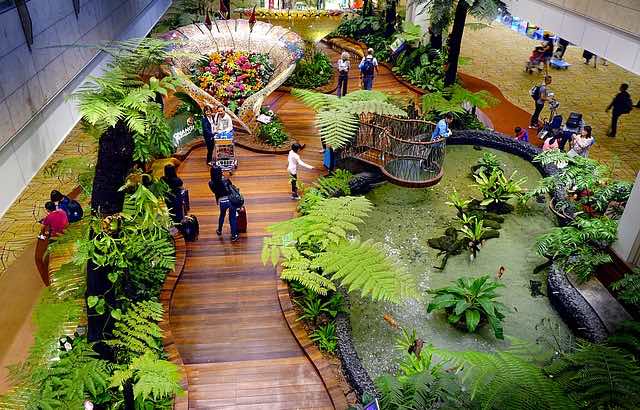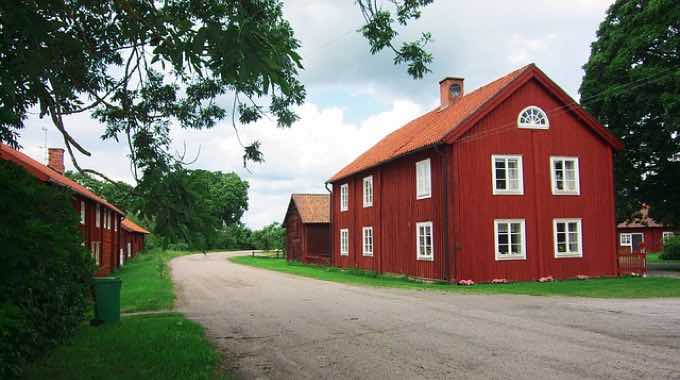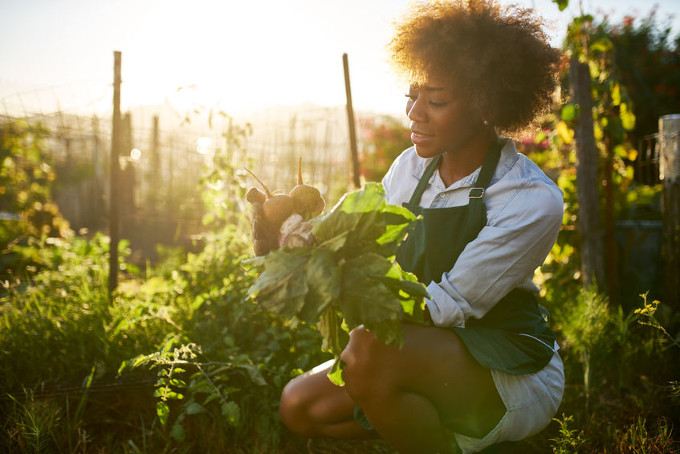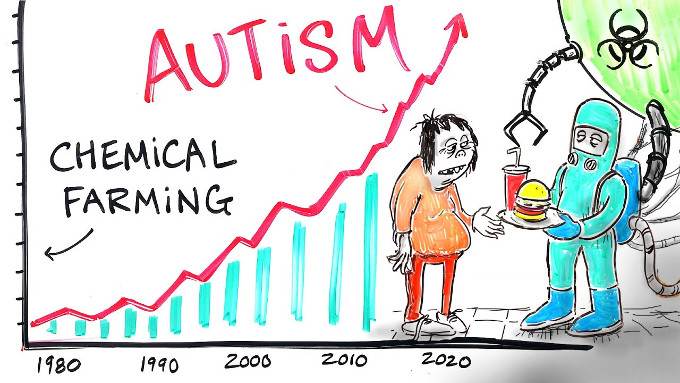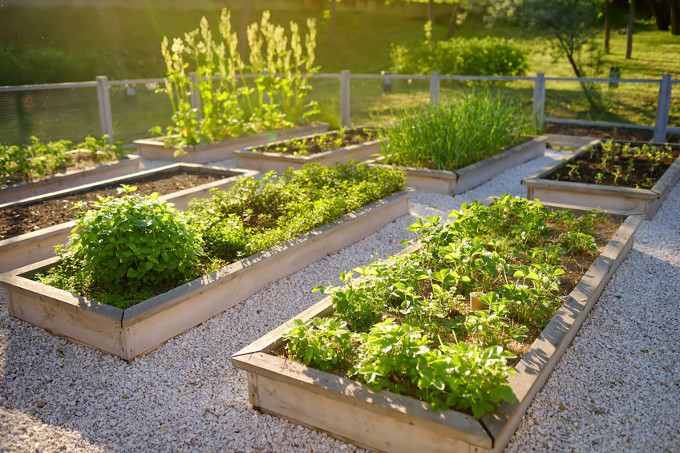Blueberries and Green Beans Join EWG’s ‘Dirty Dozen’ List of Pesticide-Drenched Produce

Source: ewg.org
WASHINGTON – Thirty years after a landmark National Academies of Sciences study warning of the dangers posed to children by pesticides, 75 percent of non-organic fruits and vegetables sold in the U.S. are still riddled with the potentially toxic agricultural chemicals, according to the Environmental Working Group’s 2023 Shopper’s Guide to Pesticides in Produce™, released today.
This year, blueberries and green beans join the Dirty Dozen™, the Shopper’s Guide section listing the 12 non-organic, or conventionally grown, fruits and vegetables with the highest amounts of pesticides, based on federal agencies’ tests. Some of the pesticides detected have been banned in the U.S. or Europe because of concerns about how they harm people.
“Despite the abundance of science linking exposure to pesticides with serious health issues, a potentially toxic cocktail of concerning chemicals continues to taint many of the non-organic fruits and vegetables eaten by consumers,” said Alexis Temkin, Ph.D., EWG toxicologist.
The findings underscore the need for stronger regulations around and oversight of how pesticides are used on food crops.
The Shopper’s Guide compiles EWG’s analysis of the latest fruit and vegetable testing data from the Department of Agriculture and the Food and Drug Administration. The 2023 edition includes data from 46,569 samples of 46 fruits and vegetables, covering 251 different pesticides.
In addition to the Dirty Dozen, the guide includes the Clean Fifteen™, EWG’s list of the fruits and vegetables with very low or no traces of pesticides. The guide also features a full report on pesticides on produce and more detailed analyses about specific fruits and vegetables and what chemicals were found on them.
“Everyone – adults and kids – should eat more fruits and vegetables, whether organic or not,“ Temkin said. “A produce-rich diet provides many health benefits.
“But in the ongoing absence of meaningful federal oversight, consumers concerned about pesticide exposure can use EWG’s Shopper’s Guide to Pesticides in Produce to navigate the produce aisle in ways that work best for them and their families,” Temkin said.
EWG recommends that consumers buy organic versions of Dirty Dozen produce and choose either conventionally grown or organic versions of Clean Fifteen items..
Blueberries and green beans
Both blueberries and green beans – 11th and 12th, respectively, on this year’s Dirty Dozen – had troubling concentrations of organophosphate insecticides, pesticides that can harm the human nervous system. Nine out of 10 samples of each of the popular foods had residues of pesticides – with some showing traces of up to 17 different pesticides.
Nearly 80 percent of blueberry samples had two or more pesticides. Phosmet was detected on more than 10 percent of blueberry samples and malathion on 9 percent. Both are organophosphates that are toxic to the human nervous system, especially children’s developing brains. In 2015, malathion was classified as probably carcinogenic to humans by the International Agency for Research on Cancer.
More than 70 percent of green beans had at least two pesticides, with a combined 84 different pesticides found on the entire crop. Six percent of samples showed residues of acephate, a toxic pesticide the Environmental Protection Agency banned for use on green beans more than 10 years ago. Green beans also had traces of several pesticides banned in the European Union but allowed in the U.S.
The health risks posed by pesticides
Pesticides are toxic by design, created expressly to kill living organisms – insects, plants and fungi considered “pests.” But many pesticides pose health dangers to people, too, including cancer, hormone disruption, and brain and nervous system toxicity. These hazards have been confirmed by independent scientists, physicians, and U.S. and international government agencies.
Most pesticide residues found by the USDA and FDA fall below government limits and are legal. But legal limits don’t always indicate what’s safe for human consumption.
The conventional agriculture industry, and even the EPA, often claim pesticides like chlorpyrifos are safe, right up until the moment they are banned because of overwhelming evidence showing they are toxic to humans.
Children are especially vulnerable to many of the health harms associated with pesticide exposure. Research published by EWG in 2020 found that the EPA, which oversees pesticide safety, fails to adequately consider children in setting legal limits for 90 percent of the most common pesticides.
The American Academy of Pediatrics recommends parents concerned about their children’s exposure to pesticides consult EWG’s Shopper’s Guide.
“EWG’s Shopper’s Guide to Pesticides in Produce is a key tool for parents and caregivers concerned about protecting vulnerable children from the potential serious risks of consuming even low levels of pesticides in food,” said Dr. Philip Landrigan, renowned public health expert and one of the principal authors of the 1993 National Academies of Sciences study on pesticides in children’s diets.
Also in 1993, EWG released its first report, Pesticides in Children’s Food, which analyzed federal government consumption data and pesticide tests of more than 20,000 samples of food, among other government and industry data. The exhaustive investigation found that millions of U.S. children were receiving up to 35 percent of their entire lifetime dose of some carcinogenic pesticides by age 5.
“The Dirty Dozen and Clean Fifteen provide simple guidelines for how to pursue a diet rich in vital fruits and vegetables, while avoiding the items that might be most contaminated with chemicals,” said Landrigan, director of the Global Public Health Program and Global Observatory on Planetary Health in the Schiller Institute for Integrated Science and Society at Boston College.
###
The Environmental Working Group is a nonprofit, non-partisan organization that empowers people to live healthier lives in a healthier environment. Through research, advocacy and unique education tools, EWG drives consumer choice and civic action. Visit www.ewg.org for more information.
